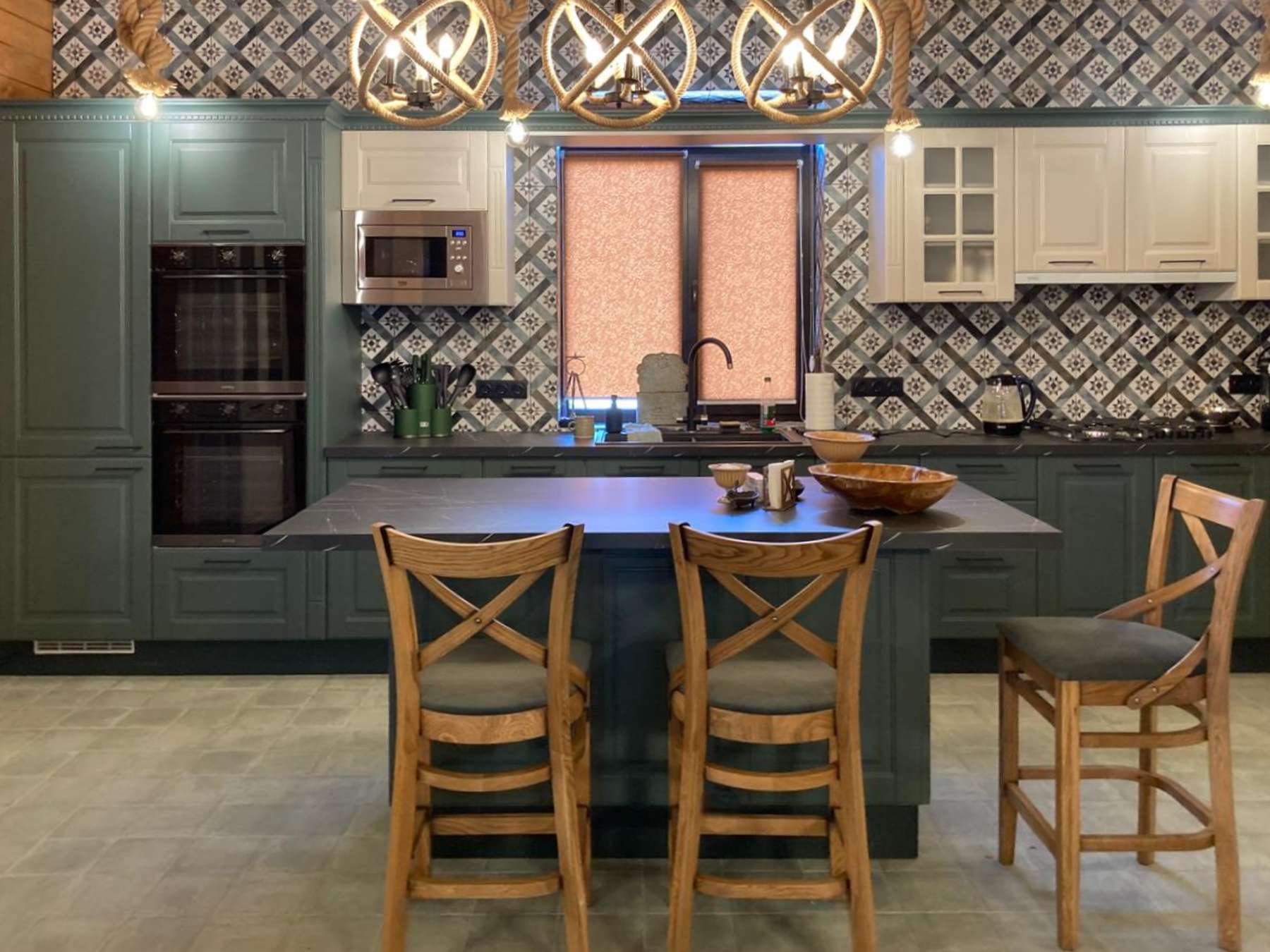
Culinary Spaces Redefined: Innovation
Introduction to Revolutionary Culinary Spaces
The world of culinary arts is experiencing an unprecedented transformation. The traditional kitchen, once seen as merely a functional space for cooking, is evolving into a multifaceted hub of creativity and innovation. This article explores how culinary spaces are being redefined by new technologies, design philosophies, and an ever-growing emphasis on sustainability and social interaction.
The Impact of Technological Advancements
As technology advances, so do the tools and appliances we find in the kitchen. Smart appliances are now capable of communicating with each other to streamline the cooking process, while precision cooking tools, such as sous-vide machines, are bringing restaurant-quality meals to the home chef. Even the humble refrigerator has received a high-tech makeover, with features like inventory tracking and automated grocery lists. These innovations are not only changing the way we cook but also how we interact with our culinary environments.
Designing for Efficiency and Aesthetics
The aesthetics of a kitchen play a crucial role in its functionality. Designers are now crafting spaces that seamlessly integrate with the rest of the home, blurring the lines between cooking and living spaces. From open-concept kitchens that encourage family interaction to modular designs that can be customized for any need, the modern kitchen is as much a reflection of personal style as it is a testament to efficiency. The use of space-saving solutions and intelligent storage options further redefine the culinary space as a beacon of innovation.
Sustainability in the Culinary Realm
Sustainability has become a buzzword in many industries, and the culinary world is no exception. Innovators are developing ways to reduce waste and energy consumption in the kitchen. This includes everything from composting solutions integrated into countertops to energy-efficient appliances that conserve water and electricity. The push for sustainability extends to the ingredients used in the kitchen, with a growing emphasis on local sourcing and the use of organic produce.
Socially-Driven Culinary Experiences
The redefinition of culinary spaces has a profound social aspect. Kitchens are increasingly designed to accommodate social gatherings and foster a sense of community. Cooking classes, supper clubs, and interactive dining experiences are becoming more commonplace and are facilitated by versatile kitchen designs that cater to these communal activities. The culinary space is now a place for connection and shared experiences, revealing that food and the act of cooking are as much about community as they are about sustenance.
The Future of Culinary Spaces
Looking forward, we can expect to see continued innovation in culinary spaces. From advancements in automated kitchen systems to the integration of virtual and augmented reality in cooking experiences, the possibilities are limitless. The kitchen of the future will likely be a place where technology, design, sustainability, and social interaction are all intertwined to create an environment that is at once practical and delightful. As we embrace these changes, the culinary space will remain at the heart of innovation, reflecting our cultural, technological, and social evolution.
Conclusion
Innovation in culinary spaces is more than a trend; it's an essential part of how we view and interact with food. As we break down the traditional barriers of the kitchen, we create new opportunities for creativity, efficiency, and connection. The redefinition of these spaces is a testament to our capacity for change and our continuous pursuit of better ways to live and enjoy one of our most fundamental human needs—the joy of eating.